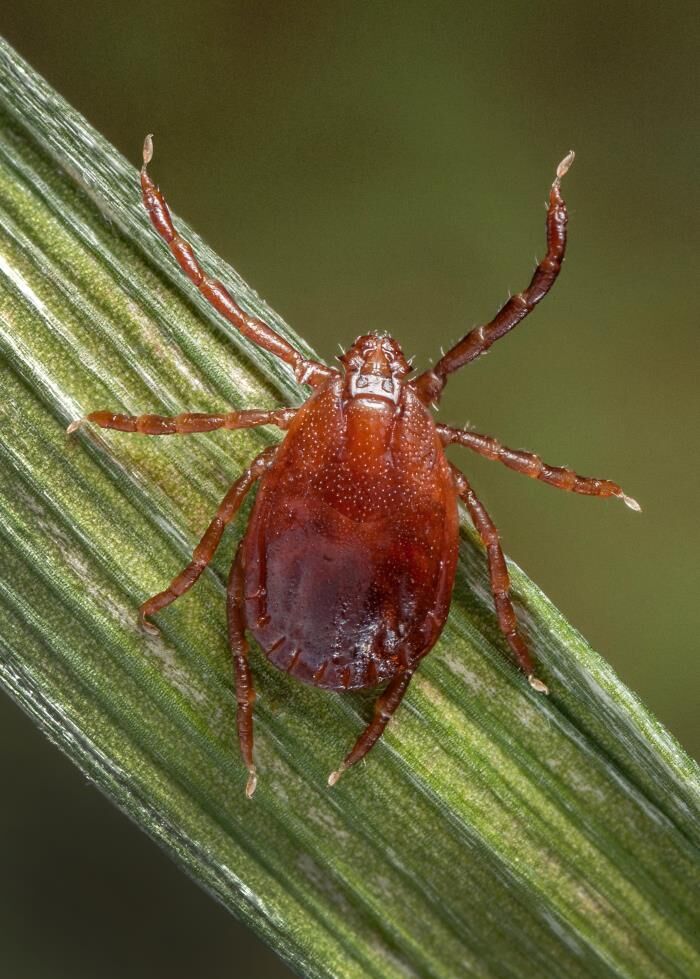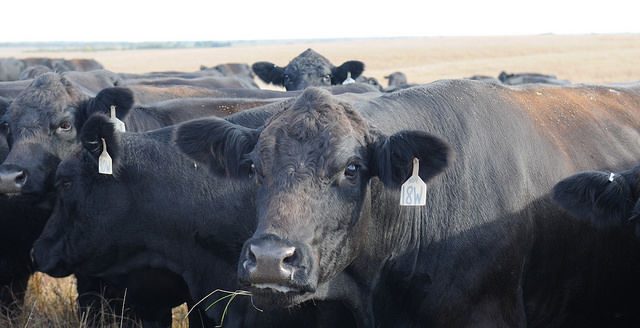University of Missouri researchers are tracking the invasive longhorned tick, which causes weight loss, lost pregnancies and even death in cattle.
Researchers from the MU College of Veterinary Medicine found the tick on a Linn County pasture in August 2022. The finding marks the northernmost appearance of the tick in Missouri. It also appeared in June 2021 near Springfield.
Found in 17 states since 2017, the longhorned tick is a significant concern for cattle producers, says Rosalie Ierardi, an anatomic pathologist at the MU Veterinary Medical Diagnostic Laboratory. Hundreds of the ticks can attach to a single animal, causing irritation and significant blood loss.
The biggest reason veterinarians are concerned about this tick is that it transmits a parasite of cattle, Theileria orientalis Ikeda, which destroys red blood cells. Symptoms include jaundice, weakness and spontaneous abortions. The symptoms closely resemble those of bovine anaplasmosis, which is widespread in Missouri. A blood test is needed to tell the two diseases apart.
Producers can reduce risk by keeping cattle away from wooded areas and other habitats where ticks live and clearing weeds and brush regularly.
Strategies to avoid being bitten by the longhorned tick are the same as those for other ticks. Learn more from the U.S. Centers for Disease Control at www.cdc.gov/ticks. If you think you may have found an invasive tick, contact your local veterinarian, extension specialist or health department for assistance to have the tick identified.




